How To Apply Canesten Cream On A Man?

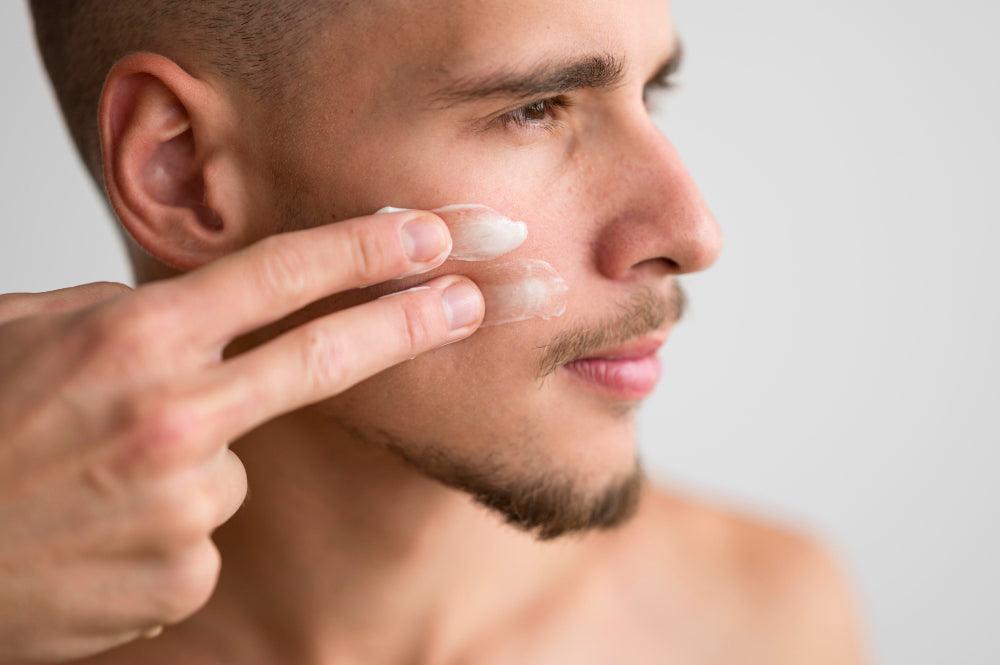
Related products
Canesten cream stands as a stalwart defender in the pantheon of antifungal medications. Its deployment in the combat against fungal infestations has been critical in maintaining dermal fortitude, particularly among the male populace who may find themselves besieged by a cadre of fungal adversaries.
Active Ingredient (Clotrimazole)
The essence of Canesten cream's potency lies within its active constituent, Clotrimazole. This formidable agent, a product of meticulous pharmacological engineering, targets the fungal cell membrane. Dr. Sarah Williamson, a leading dermatologist at the London Dermatology Centre, extols its virtues: "Clotrimazole operates by impeding the synthesis of ergosterol, an integral component of fungal cell membranes, thereby initiating cellular breakdown." The strategic inhibition of this synthesis results in the permeabilization of the fungal membrane, leading to the expulsion of crucial cell components and ultimately, the demise of the fungus.
Antifungal properties and uses
The antifungal properties of Canesten cream extend to a diverse spectrum of mycotic infections. As a topical agent, its design is specifically tailored to eradicate cutaneous fungal invasions. According to a publication in the British Journal of Dermatology, the cream exhibits broad-spectrum efficacy, obliterating dermatophytes, yeasts, and various other fungi with judicious precision. “It is versatile and can be wielded against conditions ranging from diaper rash caused by Candida to ringworm infections,” confirms Dr. Williamson.
Canesten cream, containing the antifungal agent clotrimazole, is commonly used to treat various fungal infections such as athlete's foot, jock itch, and yeast infections. When applying Canesten cream to a man, it is important to first clean and dry the affected area thoroughly to ensure the cream can work effectively. Hands should be washed before and after application to prevent the spread of infection. A thin layer of the cream should be applied directly to the affected area and the surrounding skin. It's crucial to apply the cream evenly and gently, usually 2-3 times a day as directed by the product instructions or a healthcare provider. Treatment should be continued for the duration recommended, even if symptoms improve before completion, to ensure the infection is fully cleared. If symptoms persist or worsen, it is important to seek medical advice, as this may indicate a different or more serious condition. Additionally, tight-fitting clothing or synthetic fabrics should be avoided as they can create a moist environment that fosters fungal growth. Cotton clothing and good hygiene can help support the treatment and prevent recurrence of infection.
One particularly effective variant is the Canesten Hydrocortisone Cream 15g, which combines the antifungal power of clotrimazole with the anti-inflammatory effects of hydrocortisone. This dual-action formula is ideal for treating inflamed fungal infections, helping to rapidly relieve itching, redness, and irritation—symptoms often associated with more aggressive or sensitive outbreaks.
Common fungal infections in men
Jock itch (tinea cruris)
Jock itch, or tinea cruris, is a fungal skirmish often situated in the groin, inciting an itchy and sometimes painful altercation. The warmth and moisture of this region offer a fertile breeding ground for fungi. Dr. James O’Neill, a mycologist, elucidates, "Approximately 20% of all men will be afflicted by jock itch at some juncture in their lives." The management of this condition is not merely about symptom amelioration but about reestablishing a microbial balance in this delicate area.
Athlete’s foot (tinea pedis)
Athlete’s foot, known medically as tinea pedis, besieges the feet, particularly the interdigital spaces, with a pruritic and often malodorous condition. This affliction does not discriminate by athletic prowess, as highlighted in a study in the British Medical Journal, which states that “over 70% of the population will encounter tinea pedis at some point.” Canesten cream, in this instance, functions as both a curative and preventative measure, aiming to restore podiatric health.In such cases, the Canesten Dual Action Athlete’s Foot Cream 30g offers a tailored solution. This formulation not only tackles the fungal infection but also alleviates symptoms such as cracking, burning, and discomfort associated with athlete’s foot, making it ideal for foot-specific fungal challenges.
Yeast infections (Candida)
Yeast infections, predominantly caused by Candida species, can colonize the male genital region, yielding discomfort and inflammatory responses. “Candida infections are frequently misconceived as predominantly affecting women, but male candidiasis is a significant concern," states Dr. Alex Rutherford, an expert in infectious diseases. Such infections necessitate a strategic approach, with Canesten cream often playing a central role in the malevolent yeast's eradication.
For ongoing skin health and post-treatment hydration—especially following fungal infections—incorporating a tailored skin care routine can help restore skin barrier integrity and prevent future flare-ups. Proper moisturisers and gentle cleansers are key in maintaining balance and resilience.
Importance of proper application for effectiveness
The effectiveness of Canesten cream is not merely contingent upon its chemical composition but equally upon its correct application. Dr. Williamson cautions, "Inappropriate use can result in suboptimal outcomes and may even contribute to resistance." The accurate application of this antifungal crusader is paramount, ensuring the afflicted man reaps the full benefit of the treatment. It's a testament to the notion that in the domain of medical treatments, precision in use is just as vital as the therapeutic agent itself.
Before Application

The journey towards the effective utilization of Canesten cream for men begins long before the cream touches the skin. Proper pre-application procedures are pivotal, setting the stage for successful treatment outcomes.
Diagnosis Confirmation
Importance of confirming fungal infection
Before the application of Canesten cream, the correct diagnosis of a fungal infection is crucial. Misdiagnosis can lead to unwarranted treatment and potential exacerbation of an underlying condition. "It is imperative that a fungal infection is accurately diagnosed to ensure the correct treatment is administered," states Dr. Richard Stevens, a consultant dermatologist. The visual identification of a rash is often insufficient; certain skin conditions can mimic fungal infections, leading to erroneous self-treatment. To corroborate the presence of a fungal infection, laboratory tests such as KOH preparations or fungal cultures may be employed. These methods can distinguish between dermatophytes, yeasts, and non-fungal skin issues, informing a targeted therapeutic approach.
When to see a healthcare provider
Timing is of the essence when it comes to seeking medical guidance. Dr. Emily Clarke, a GP with a special interest in dermatology, advises, "If over-the-counter treatments have been unsuccessful, or if the rash is extensive, rapidly spreading, or accompanied by fever, one should consult a healthcare provider immediately." Moreover, certain populations, including individuals with diabetes or a compromised immune system, should seek prompt medical attention upon noticing symptoms of a fungal infection, due to the higher risk of complications. A professional assessment can avert mismanagement and spearhead a tailored treatment plan.
Preparing for Application
Hygiene - Cleaning and drying the affected area
Prior to the application of Canesten cream, hygiene cannot be overstressed. The cleaning and thorough drying of the affected area not only prepare the skin for optimal absorption of the antifungal agent but also diminish the moist environment that fosters fungal growth. "The affected area should be gently cleansed with soap and water and pat dry. Any moisture can dilute the cream and reduce its efficacy," comments Dr. Stevens. It's a preparatory step that pays dividends in the efficacy of the treatment.
Handwashing
Handwashing is a cardinal rule in the preparation process, serving as a bulwark against the spread of infection. Dr. Clarke elucidates, "Before and after the application of antifungal cream, handwashing is non-negotiable. It prevents the transmission of fungal spores to other parts of the body or to other individuals." Hand hygiene practices should align with the recommendations provided by healthcare institutions, involving the use of water and soap and encompassing the entire surface of the hands.
Reading the instruction leaflet
Heeding the instruction leaflet that accompanies Canesten cream is tantamount to plotting a course before setting sail; it is essential for navigating the correct use of the medication. "The leaflet contains critical information about indications, contraindications, and detailed instructions on how to apply the cream," states Dr. Stevens. Patients must acquaint themselves with this information to mitigate any risks of adverse reactions and to ensure the proper application technique is employed.
In summary, the period before the application of Canesten cream is instrumental in ensuring that the treatment of fungal infections in men is both appropriate and effective. From confirming the diagnosis to the quintessential hand hygiene and rigorous adherence to the instruction leaflet, these steps collectively fortify the foundation upon which successful treatment is built.
Application Process
Mastering the application process of Canesten cream is pivotal to ensuring that men can tackle fungal infections with efficacy and precision. The application process requires a careful approach to dosage, technique, and area-specific considerations.
Step-by-Step Guide
Amount of cream to use
Determining the correct amount of Canesten cream to use is a nuanced endeavour, where more is not always synonymous with better. "A thin layer, typically enough to lightly cover the area, is usually sufficient," advises Dr. Rebecca Lee, a dermatological expert. Over-application will not enhance the therapeutic effects but could potentially lead to increased risk of side effects or waste of medication. The quantity should be in accordance with the product’s instructions or a healthcare provider’s recommendation, often gauged as a strip of cream approximately half a centimetre in length.
Technique for applying the cream to affected areas
The technique of applying Canesten cream is relatively straightforward yet requires meticulous attention to detail. Dr. Lee explains, "The cream should be gently but thoroughly massaged into the cleansed, affected area until it is absorbed." This action aids in the dissemination of clotrimazole, the active ingredient, across the infected site. A meticulous massage ensures that the cream penetrates the superficial layers of the skin where the fungus resides.
Where do you apply canesten cream for men?
Identifying the affected areas for treatment
The discernment of affected areas is crucial for the strategic application of Canesten cream. For men, it’s essential to recognize the signs and symptoms of fungal infections, which typically include redness, itching, and a distinct rash. The cream should be applied directly to these areas, ensuring comprehensive coverage to promote healing and prevent further spread of the infection.
Special Considerations for Different Areas
Groin region (Including how men use Canesten external cream)
The groin region, being prone to sweat and friction, requires specific attention when applying Canesten cream. Dr. Oliver Thompson, a urologist, stresses, "When applying to the groin, it’s important to apply beyond the rash margins as the fungus can spread to the surrounding skin." It's crucial not to apply the cream internally but to use it externally around the area, including the inner thighs and buttocks if affected.
Feet and toenails
Tinea pedis, or athlete's foot, necessitates a thorough application between the toes and on the soles of the feet. For toenail fungus, a doctor's advice on the use of topical antifungal treatments like Canesten is essential. Dr. Lee remarks, "In toenail infections, topical treatments are often less effective and an oral antifungal may be needed."
Under the foreskin (Can men use Canesten on foreskin?)
Yes, Canesten cream can be used under the foreskin, but with caution. Dr. Thompson advises, "Men suffering from Candida balanitis should retract the foreskin gently and apply the cream sparingly." It's vital to ensure that the area is thoroughly rinsed and dried during regular hygiene routines to prevent moisture build-up, which could exacerbate the condition.
Anal region (Can I use Canesten on my bum?)
Applying Canesten to the anal region to address a fungal infection is often appropriate. "Ensure that the application around the anal region is gentle, with the area being clean and dry beforehand," instructs Dr. Lee. As with all sensitive areas, any signs of irritation should prompt cessation of use and a consultation with a healthcare provider.
Avoiding Common Mistakes
Applying too much or too little
One of the critical application principles is the balance in the amount of Canesten cream used. As Dr. Lee explains, "Applying too much can lead to unnecessary wastage of the product and potential discomfort, while too little may not effectively combat the fungal organisms." Adherence to the guidelines provided ensures the right balance is struck.
Covering the area with airtight dressings unless advised by a doctor
A common misstep in the application process is the inappropriate use of dressings. "Airtight dressings over the cream can create a moist environment that may foster more fungal growth," Dr. Lee cautions. Unless specifically advised by a doctor, such as in the case of a secondary bacterial infection, the treated area should be left to breathe.
After Application
The post-application care following the use of Canesten cream is as critical as the application itself. Effective hygiene practices and correct disposal methods form the bedrock of a holistic treatment approach.
Hygiene and Clothing
Wearing loose-fitting, cotton clothing
After applying Canesten cream, the choice of clothing can have a profound impact on the healing process. Dr. Jane Morrison, a dermatologist specializing in skin infections, recommends, "Wearing loose-fitting, cotton clothing aids in keeping the area dry and prevents further irritation." Cotton fabric, in particular, allows the skin to breathe and reduces moisture build-up, which can otherwise promote fungal proliferation.
Changing clothes and beddings regularly
Frequent changes of clothing and beddings are paramount to prevent reinfection. "Fungi can linger on fabric, so regular washing of these items in hot water is advisable," Dr. Morrison asserts. In a clinical study, it was found that daily laundering of bed linen and undergarments reduced the recurrence of skin fungal infections significantly.
Disposal and Clean-up
Cleaning hands after applying the cream
The importance of personal hygiene extends to after the application of the cream. "Even if you’re treating your own infection, always wash your hands thoroughly with soap and water post-application to prevent spreading the fungus to other parts of your body or to others," Dr. Morrison advises. This simple act is a cornerstone of infection control and should never be overlooked.
Proper disposal of any contaminated materials
Appropriate disposal of contaminated materials such as tissues, cotton swabs, or gloves (if used during application) is essential. "These items should be disposed of immediately to reduce the risk of contaminating other surfaces," says Dr. Morrison. In a healthcare setting, these materials would be considered clinical waste and handled accordingly, which underscores their potential to contribute to infection transmission.
Monitoring and Continuation of Treatment
After the application of Canesten cream, close monitoring of the infection’s response to treatment is crucial. Understanding the expected timeframe for improvement, recognising when to seek further medical advice, and appreciating the importance of completing the treatment course are all integral to a successful outcome.
Expected Timeframe for Improvement
The anticipated period before signs of improvement can vary depending on the severity and location of the infection. Dr. Morrison advises, "Most patients should see an improvement within a few days of consistent treatment with Canesten cream, although complete resolution might take longer." It is essential for patients to have realistic expectations and to monitor the affected area regularly, noting any changes in redness, scaling, and itching. Documented clinical trials have shown that symptoms of tinea infections, for instance, typically begin to resolve within one to two weeks of appropriate antifungal therapy.
What to do if symptoms persist or worsen
If there is no sign of improvement or if symptoms exacerbate, it’s imperative to consult with a healthcare professional. Dr. Morrison states, "Persistent or worsening symptoms may indicate resistance to treatment, incorrect diagnosis, or a secondary infection, which require professional reassessment." In some cases, alternative treatments such as oral antifungals or a different topical agent might be necessary. It is not uncommon for fungal strains to exhibit resistance, thus warranting a more aggressive or targeted treatment approach.
The Importance of Completing the Treatment Course
Completing the prescribed treatment course is a principle that cannot be overstressed. "Even if symptoms have improved, completing the treatment course is necessary to fully eradicate the fungus and prevent recurrence," emphasises Dr. Morrison. Premature cessation of treatment is associated with higher relapse rates, as reported in numerous studies. A complete course ensures that the deepest layers of the skin are reached and that any remaining fungal elements are eliminated.
Potential Side Effects and How to Manage Them
While Canesten cream is generally well-tolerated, being aware of potential side effects and knowing how to manage them is crucial for anyone undergoing treatment. Recognising the difference between expected minor side effects and symptoms of an allergic reaction is essential for safe usage.
Common Side Effects
Irritation or burning sensation
A common side effect experienced by some men is a mild irritation or burning sensation upon application. Dr. Morrison explains, "A slight burning sensation can occur as the cream begins to work, but this is usually transient and should subside quickly." If the irritation is mild and does not persist, it is typically not a cause for concern. However, if the burning sensation is severe or continues, the treatment should be halted, and medical advice should be sought.
Redness or peeling of the skin
Some men may notice redness or peeling of the skin at the site of application. "This can be part of the healing process as the skin reacts to the fungal die-off," Dr. Morrison notes. However, if the skin becomes excessively red, sore, or the peeling is severe, this could be an indication of irritation or an allergic reaction, and the use of the cream should be discontinued.
Allergic Reactions
Signs to watch for (e.g., rash, difficulty breathing)
Allergic reactions to Canesten cream, though rare, can occur. "An allergic reaction may present as a rash, hives, swelling, or in severe cases, difficulty breathing," warns Dr. Morrison. Any sudden skin changes or systemic reactions like swelling of the mouth or throat, dizziness, or trouble breathing are considered medical emergencies.
When to seek medical help
It is imperative to seek immediate medical help if there are signs of a severe allergic reaction. Dr. Morrison advises, "If you experience widespread rash, swelling of the face or lips, or difficulty breathing, seek urgent medical attention." Additionally, if there is no severe reaction but the side effects are bothersome and not resolving, consulting a healthcare provider for advice on how to proceed with treatment is essential.
"Side effects are an unfortunate possibility with any medication, but with vigilance and an understanding of how to manage them, they can be addressed effectively," concludes Dr. Morrison.
Tips for Preventing Fungal Infections
Preventing fungal infections is an essential aspect of personal health care. Adequate personal hygiene, sensible diet and lifestyle changes, and appropriate clothing and bedding hygiene can significantly reduce the risk of developing fungal infections.
Personal Hygiene
Importance of keeping the skin clean and dry
"Fungi thrive in warm, moist environments, so keeping the skin clean and dry is the first line of defense against these infections," says Dr. Morrison. Regular washing with soap and water, particularly after sweating or in hot weather, is recommended. It is important to dry the skin thoroughly, especially in folds of the skin and between the toes.
Using antifungal powders or sprays as a preventive measure
In individuals prone to fungal infections, using antifungal powders or sprays can be an effective preventive measure. "These products can help reduce moisture and provide an environment that is less conducive to fungal growth," explains Dr. Morrison.
Diet and Lifestyle Changes
Role of diet in fungal infection prevention
The link between diet and susceptibility to fungal infections is not to be overlooked. "A diet high in sugars can promote the proliferation of yeast, so moderating sugar intake is advisable," says nutritionist Lisa Richards, author of "The Candida Diet." Including probiotics in the diet can also help maintain a healthy balance of bacteria, which may prevent overgrowth of fungi.
Importance of regular exercise and maintaining a healthy weight
Regular exercise and maintaining a healthy weight are beneficial for overall skin health. "Staying active improves circulation, which can help keep your skin dry and less prone to fungal infections," shares Dr. Morrison. However, it is important to change out of sweaty clothes immediately after exercising to prevent creating environments where fungi can flourish.
When to Change or Wash Clothing and Bedding
Choosing the right materials and the importance of regular changes
"Clothing and bedding should be made of breathable materials like cotton and changed regularly to prevent the accumulation of sweat and moisture," advises Dr. Morrison. Non-breathable materials can trap moisture against the skin, creating an ideal environment for fungal growth.
How often to wash and the best practices for laundering
Washing clothes and beddings at least once a week in hot water and thoroughly drying them can kill fungi and prevent infections. "If you are currently treating a fungal infection, daily washing of towels and the clothing in direct contact with the infected area is recommended," says Dr. Morrison.
Conclusion
Recap of the Importance of Correct Application
The correct application of Canesten cream is paramount in the treatment of fungal infections in men. As we've explored, the effectiveness of the cream hinges on a number of critical steps - from the initial diagnosis to the post-application care. Ensuring that Canesten is applied as recommended can significantly hasten recovery and prevent complications.
Encouragement for Adherence to Treatment
Adherence to the prescribed treatment regimen cannot be overstated. As echoed by healthcare professionals like Dr. Morrison, "The key to overcoming fungal infections lies in the consistent and correct use of antifungal treatments like Canesten." Completing the full course of treatment, even after symptoms improve, is essential for eradicating the infection and reducing the likelihood of recurrence.
Reminder of When to Seek Further Medical Advice
Lastly, it is crucial to remain vigilant during the treatment process. While minor side effects may be expected, severe reactions or a lack of improvement after a reasonable period should prompt further medical consultation. "If there is any uncertainty about the infection's response to treatment or if any unusual symptoms are experienced, seeking medical advice is always the best course of action," advises Dr. Morrison.





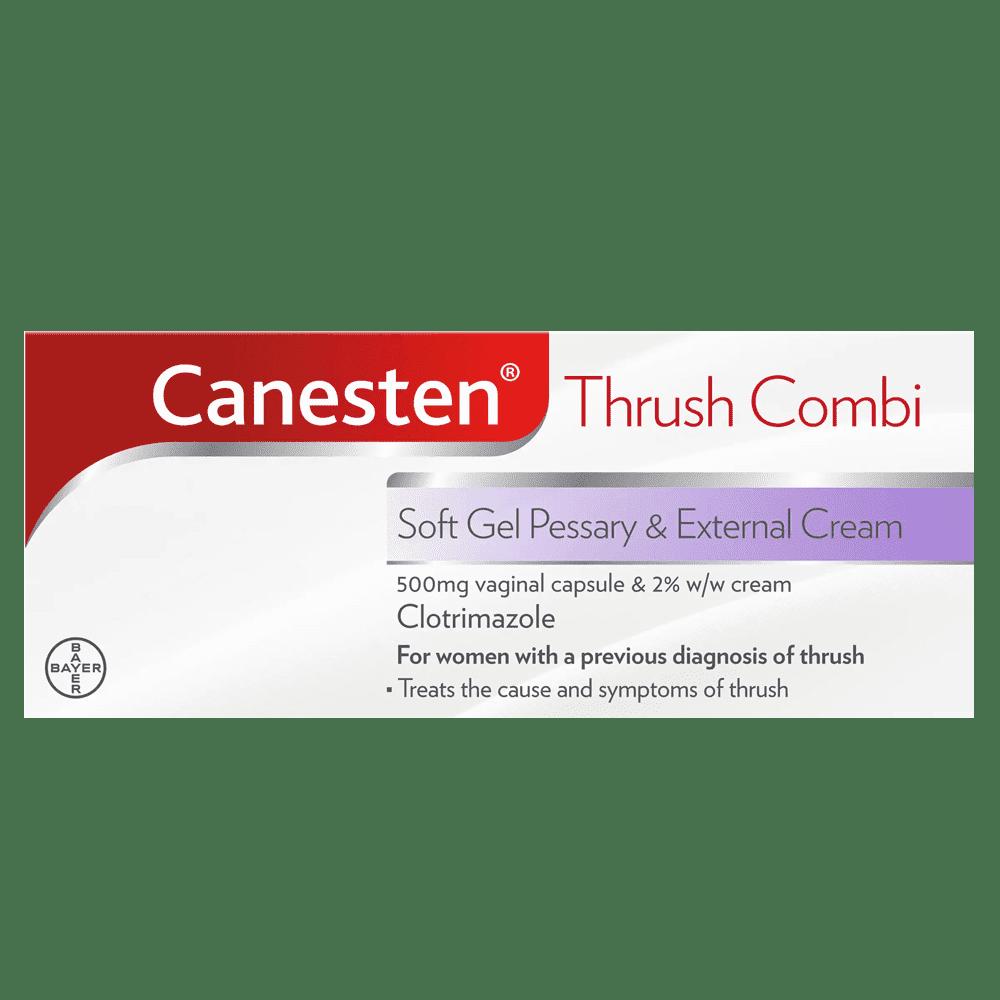



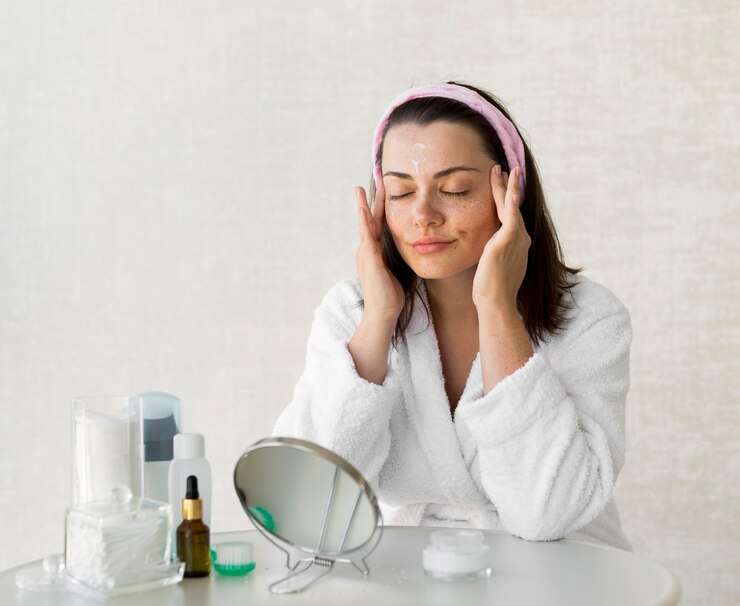


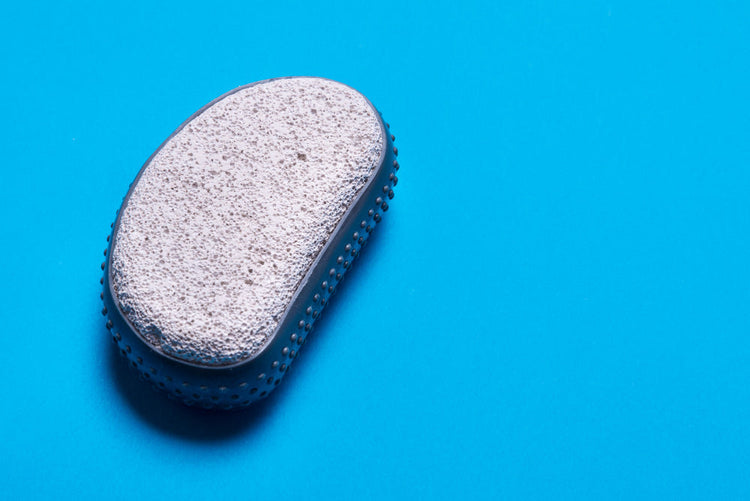

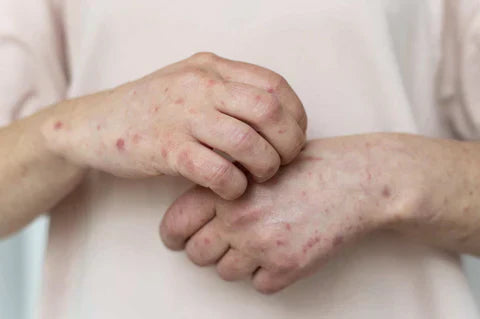
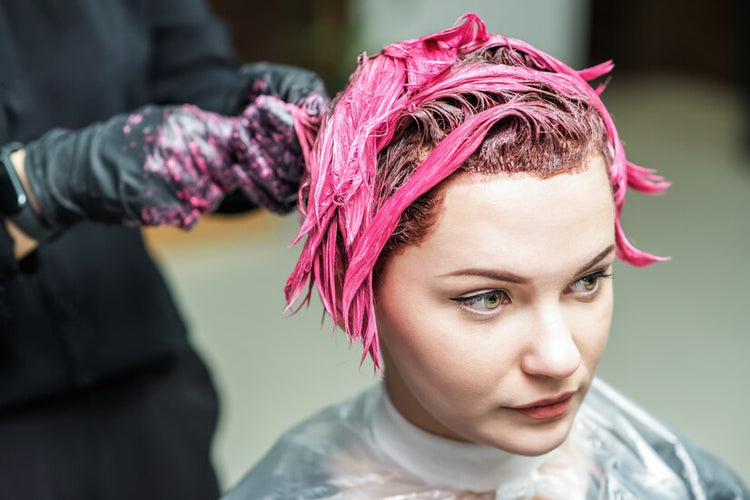
 Rated Excellent by 26,523+ Reviews
Rated Excellent by 26,523+ Reviews